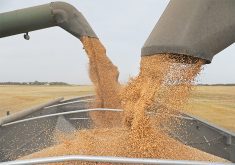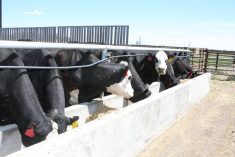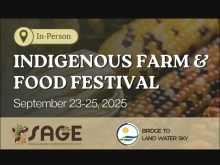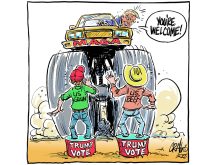CANADA’S cattle producers pride themselves on their free trade, anti-subsidy ideology. Scratch a hardcore cattle producer and you’ll find someone who never met a protective tariff or an agricultural subsidy he or she liked.
Sometimes they even appear to be looking down their political noses at sectors that depend on import protection or government subsidies for their survival.
In fact, it was a major story when Alberta’s cattle lobby decided to allow its members to join one of the most benign of all subsidy programs – the government supported Net Income Stabilization Account program. Taxpayer aid was accepted grudgingly. Cattle producers don’t like or need subsidies.
Read Also
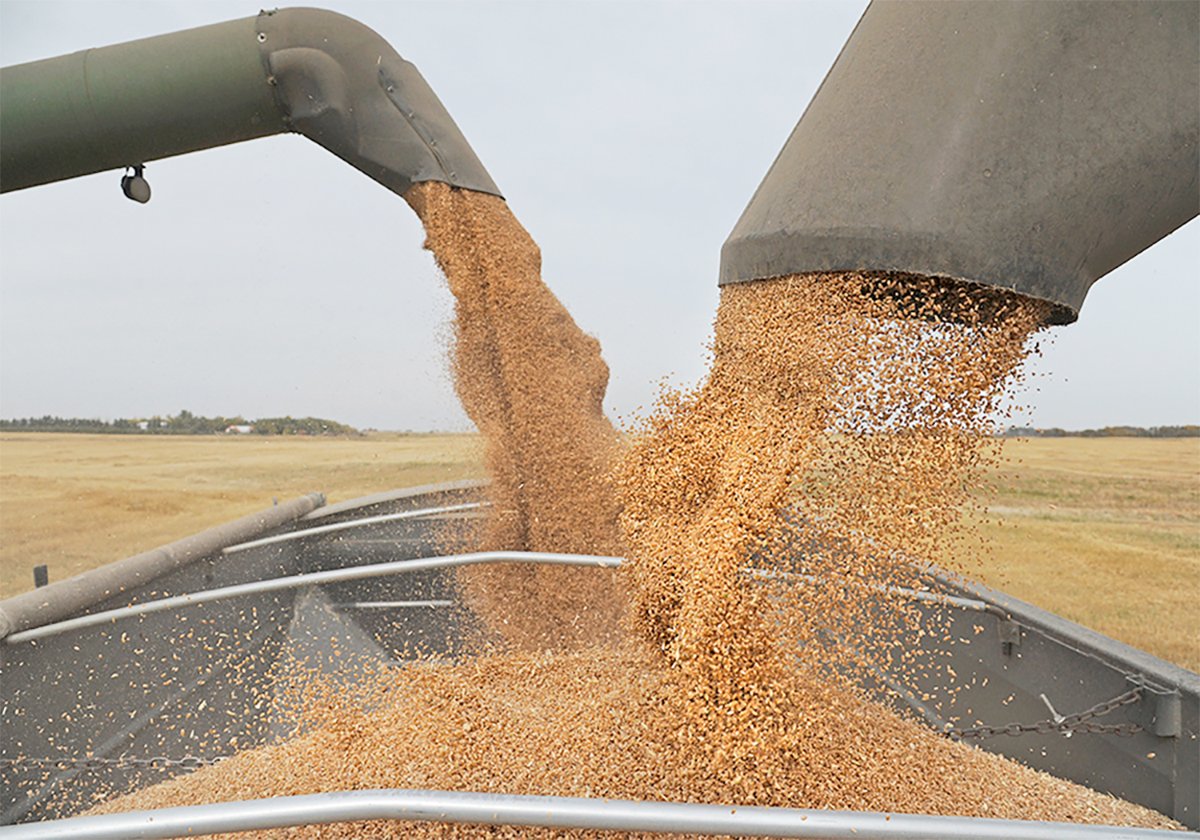
Agriculture productivity can be increased with little or no cost
There’s a way to enhance agricultural productivity with little or no cost. It doesn’t even require a bunch of legislative changes.
Recent subsidy comparisons from the Paris-based Organization for Economic Co-operation and Development appear to confirm the anti-subsidy point.
Support for the beef industry in Canada, including both direct subsidy and regulatory benefit, is lower by OECD calculations than support for virtually all other commodities.
They are free trading, anti-subsidy farmers and proud of it.
So it was a shock to have a Prairie-based agricultural economist (who asked to remain anonymous to protect life, limb and consulting contracts with cattle producers) pose the following question:
What would happen if the cattle industry got its wish at the next world trade negotiation, if trade barriers and agricultural subsidies really ended? How would they compete without the benefit of subsidies and border protection?
Subsidies, border protection and the cattle industry in the same sentence?
Later conversations with economists and provincial government officials suggested it is not an isolated opinion. The prairie cattle industry has been an income success story in recent years in part because it benefits indirectly from the agriculture policy intervention it despises.
Grain farmer pain is cattle producer gain as large American subsidies increase grain supplies and drive down prices.
Cattle producers and feedlots receive the benefit of low-priced feed and better margins (well, maybe not in a drought year). Then, grain farmers call for government help to make up for the difference between costs and depressed market prices.
An end to grain subsidies, say the economists, would mean higher grain prices and smaller livestock margins.
The cattle industry is ferociously open border when it comes to trade with the United States. The industry is a continental market. But North America is protected by a tariff regime that limits imports of meat from outside, effectively isolating North American producers from the effects of subsidized or more cost-effective production from elsewhere.
Protectionism may be a continental issue but it still is protectionism.
The warehouses filled with subsidized European beef or the cheaper-to-produce southern hemisphere beef does not have the same impact on North American beef prices as subsidized American and European grain has on Canadian grain prices.
Despite their rhetoric, there are strong reasons why Canadian beef producers should be careful about what they wish for when it comes to border controls and the end to agricultural subsidies.


